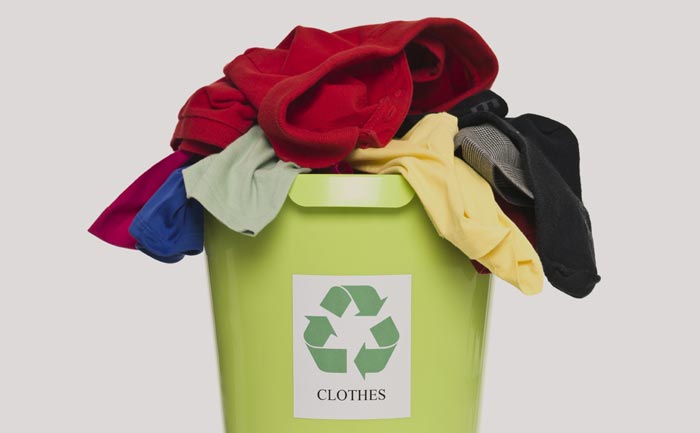Textile Recycling for Dummies
What is textile recycling, why should we do it and who does it?
In this article, we will try to answer all these and in the process make you aware of how you can contribute to this movement towards making our lifestyles more sustainable.
According to the Environmental Protection Agency (EPA), an estimated 6.5% of all materials going into landfills and/or municipal incinerators are clothing and textile products. Textile recycling helps divert fabrics from overburdened landfills back into usage. Textiles do not easily decompose and release many toxins as they sit in the landfills. Experts believe that 98% of textiles are recyclable.
Currently, there is an estimated 2 million tons of clothing that is being recycled annually. However, we all can make a greater push towards more recycling and thus making more environmental impact through textile recycling.
You can donate your old clothing to various charities, or drop them at recycling points. These used clothing are then collected and transported by various charities and organisations to clothing recycling units across the globe. The clothes are sorted by type and quality at these facilities. Once sorted they are sanitized and recycled depending on the grade and type of the clothing. The clothes that are found fit for use are shipped and the others are recycled into products such as rage or wipers for use at homes, industries and various other facilities.
For long, we at Zoi international have been living by the mantra Reduce, Reuse and Recycle. Textile reuse and recycling is at the heart of our operations at Zoi international. Our extended range of recycled clothing includes:
- Used Clothing
- Vintage Clothing
- Wipers
- Mutilated Rags
- Used Shoes










